Indoor training is getting more expensive, is anyone still doing it old school?
Smart trainers and virtual worlds do make indoor riding more engaging, but if this isn't within your budget, you can still reap fitness from the great indoors
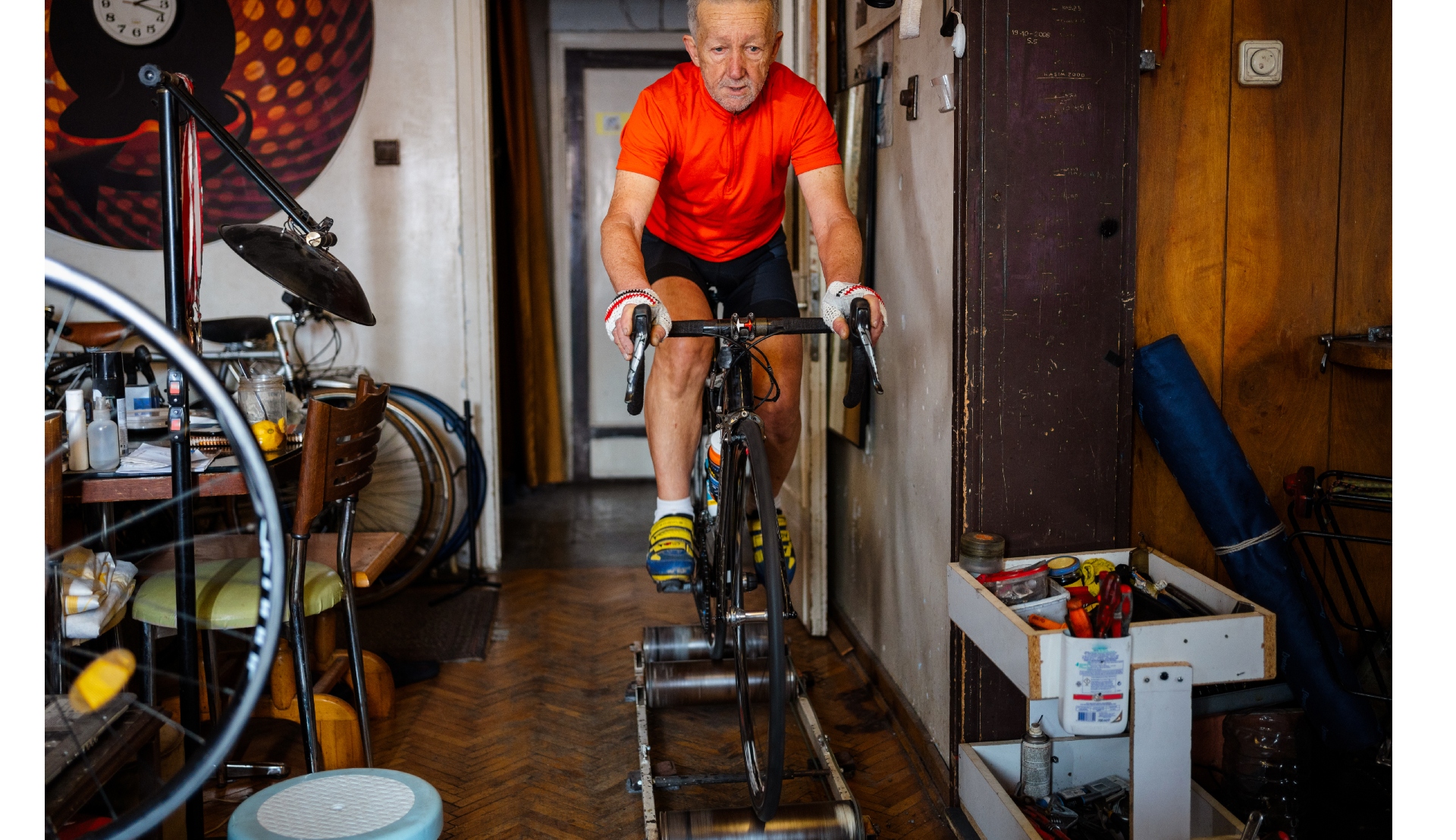
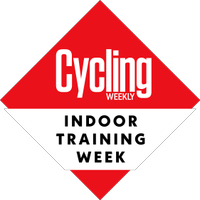
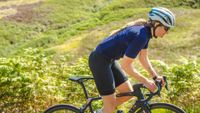
A decade ago, riding indoors was considered a necessary evil, a case of staring at numbers on a tiny LCD screen. Now, cyclists are able to ride with friends, race themselves, and others, all from the comfort of their own homes.
The explosion of available tech has certainly made indoor cycling more fun, but, this immersive experience comes at a cost. While it is possible to use most apps on a 'dumb' turbo trainer with a speed/cadence sensor, a trainer without 'ERG' mode won't replicate hills or provide automatic resistance to meet interval targets. Smart trainers start at around $400/£300, but can run into the thousands, with a host of complementary accessories available to elevate the experience.
Back in 'the old days', a static turbo trainer or set of rollers was all you needed. Now, the tools available to indoor riders who want to invest certainly make the activity more engaging. But, if you're on a budget, you can still enjoy the benefits of riding indoors. To offer you a little inspiration, we spoke to riders doing exactly that.
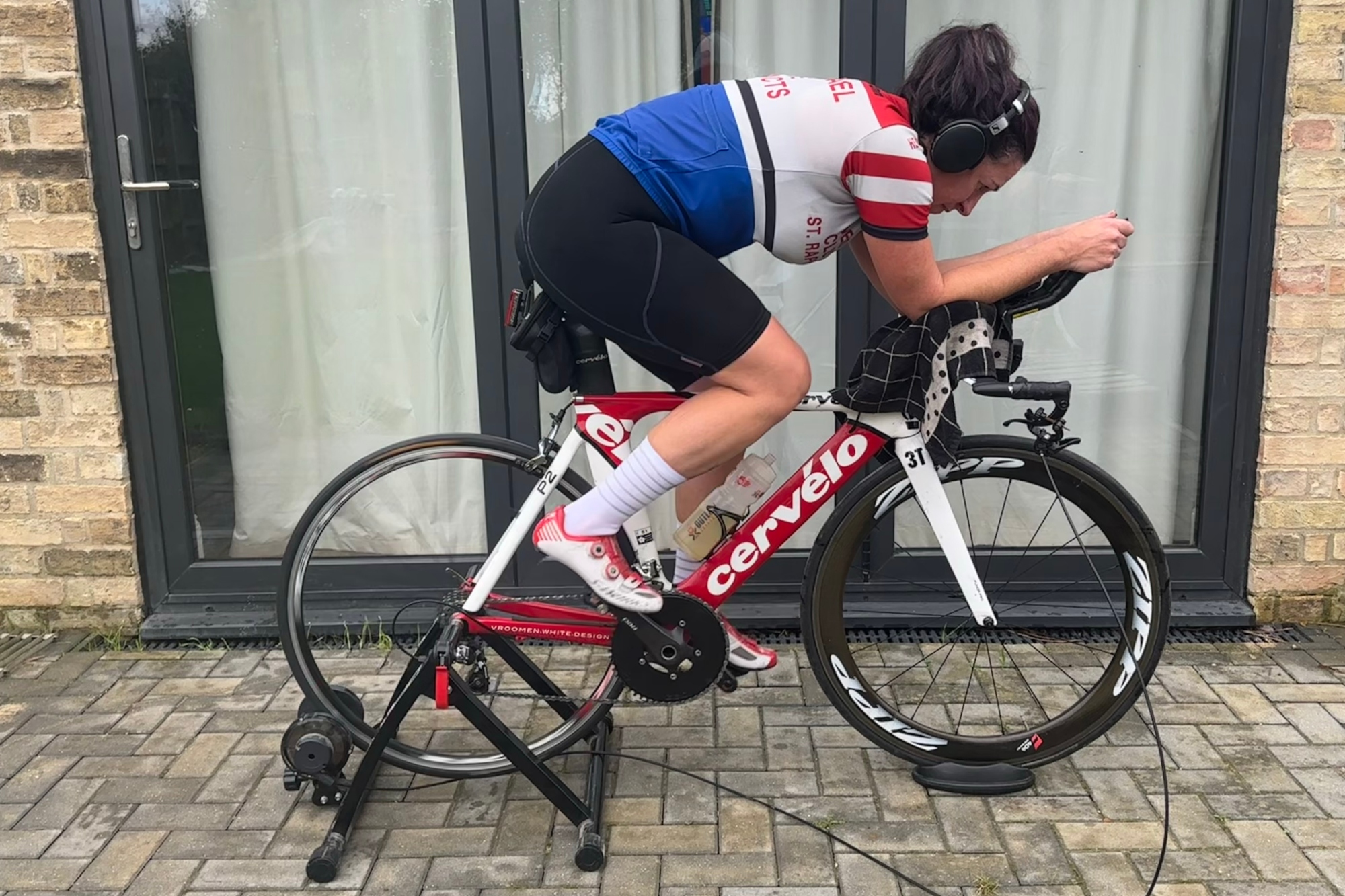
The Racer - Caroline Harding
"I tend to do more intense interval training on the turbo, almost always less than an hour," says Caroline Harding. The Freelance Graphic Designer trains on her Brand X TT-01 magnetic turbo trainer, which set her back less than £100 "about 5 years ago". To get going, the 48-year-old just swaps her rear wheel for an old wheel with a turbo tyre on it, "or I very quickly wear my rear tyre out," she explains.
Harding has been using a similar set-up for more than 10 years now, explaining that when she did have a coach, she still stuck to using heart rate zones and has only trained and raced on "feel".
After taking time off the bike to pursue running goals, Harding has tentatively started back on the bike, aiming to beat her previous time trailing times of 22:52 for 10 miles and 58:16 for 25 miles.
"I'm a little way off my previous times," says the now self-coached rider. "I'm going to try and train smarter, for less time, and see where that gets me - this will mean using my turbo more!"
The latest race content, interviews, features, reviews and expert buying guides, direct to your inbox!
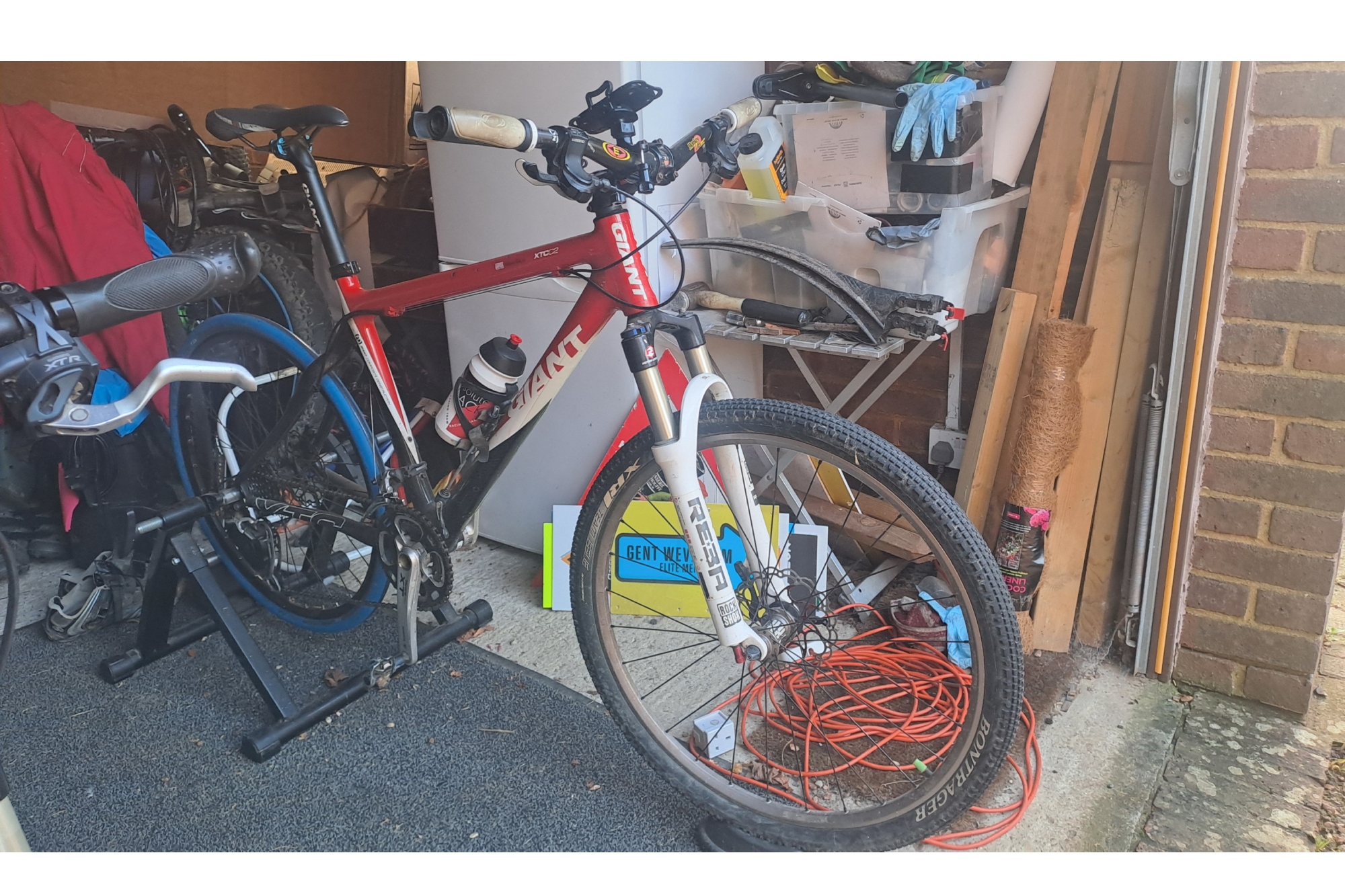
The long distance gravel rider - Roy McNeill
"I use a very basic Tacx-type turbo, with no electronics, it's easily 15 - 20 years old," says Roy McNeill.
The semi-retired company sales director rides an old carbon 26" mountain race bike, fitted with a turbo tyre on the rear.
McNeill says that he uses the turbo somewhere between three and seven times a week, for up to an hour, or longer if the weather is bad or the trails he uses are in poor condition. The 61-year-old has used indoor sessions to prepare for 24-hour mountain bike events, and now for gravel riding, such as the Flanders Gravel Series.
"I do find it helps a lot, even in the haphazard way that I use it," McNeill tells me, adding that he realised the value of his indoor sessions after an enforced turbo hiatus to recover from surgery earlier this year. "Breaking the habit resulted in a definite loss of motivation and fitness," he said. Getting back on track has helped him immensely with fitness, and has improved both his endurance and enjoyment on the bike when on a real ride.
In the winter, McNeill sometimes rides indoors for up to two-and-a-half hours, but only when watching cross country mountain bike racing on the TV. "One crazy thing I enjoy about having the turbo in the garage is that it faces down the drive. As the neighbours or village dog walkers pass they always wave," he says, remarking that some even wander down for a chat as he rides.
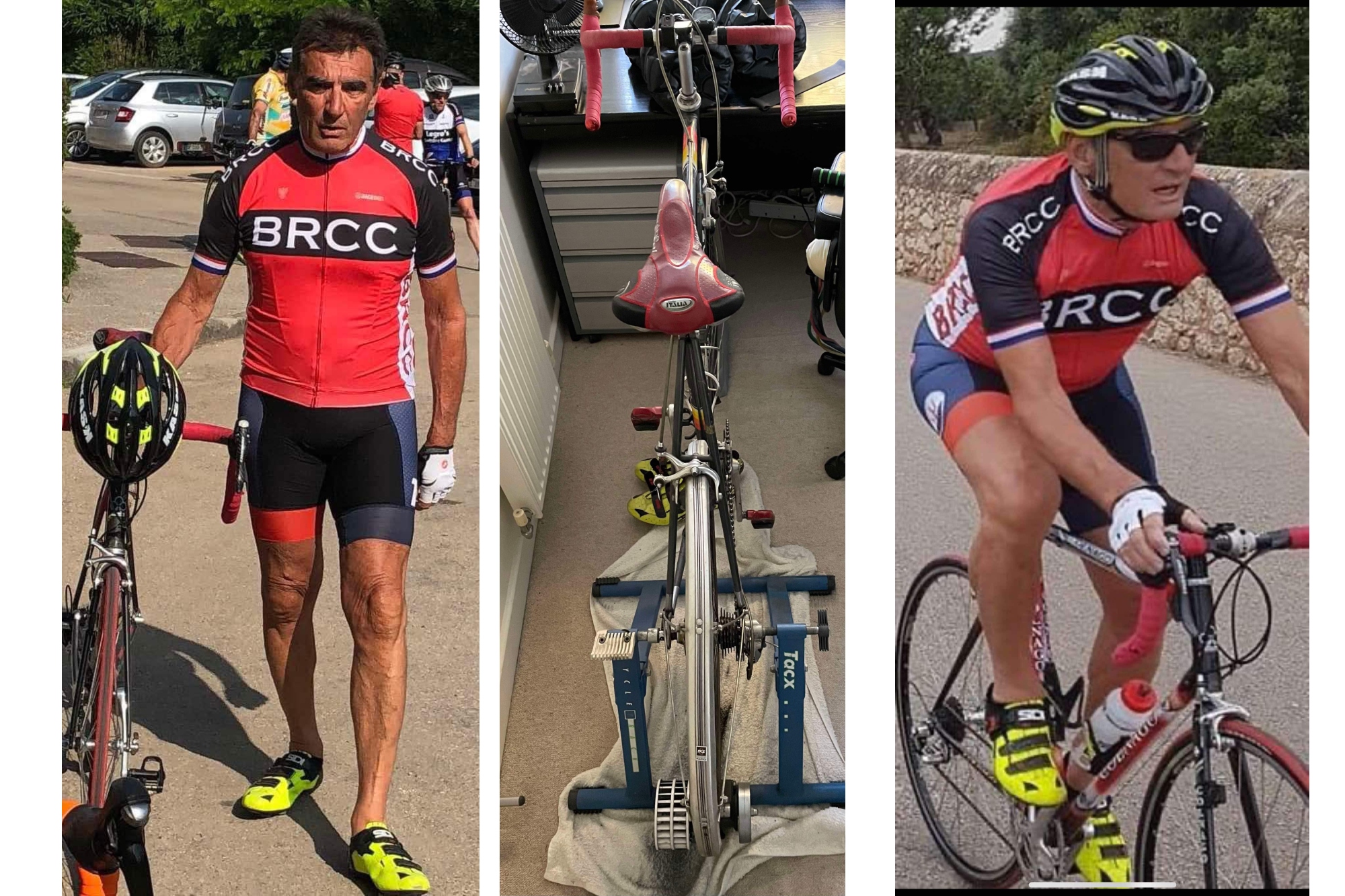
The keep fit octogenarian - Richard Lacy
Having first retired from bike racing aged 22, Richard Lacy got back on the bike in his sixties, and raced competitively for a decade with turbo sessions, set by his cycling coach that were integral to his training and racing performance.
Retiring again aged 71, Lacy has continued to stay very fit, and now, aged 81 still rides his bike five or six days a week, either on the road or turbo depending on the weather. "I love the idea of being fit, healthy, and looking and acting young for my age," he says.
The ex-National Champion, uses his 45-year-old bike mounted on a first-generation Tacx turbo trainer in his home office office. "I find it very important to keep changing my position on the bike," Lacy tells me, explaining that he uses different positions on the handlebars and lots of sitting up straight. As a result, Lacy says he's experienced very little back pain, or other cycling injuries, over the years.
When it comes to entertainment on the indoor bike, Lacy says: "I look out on the garden at Mother Nature," which he finds very therapeutic, but adds that he mostly concentrates on cadence, elapsed time and, personal challenges, including sometimes doing only sprints as a HIIT session.
"I’m personally well-motivated," reveals Lacy, adding that he usually limits his time on turbo to 30 minutes, and combines the sessions with 30 minutes of lifting weights and another 30 minutes on the mat for yoga or stretching.
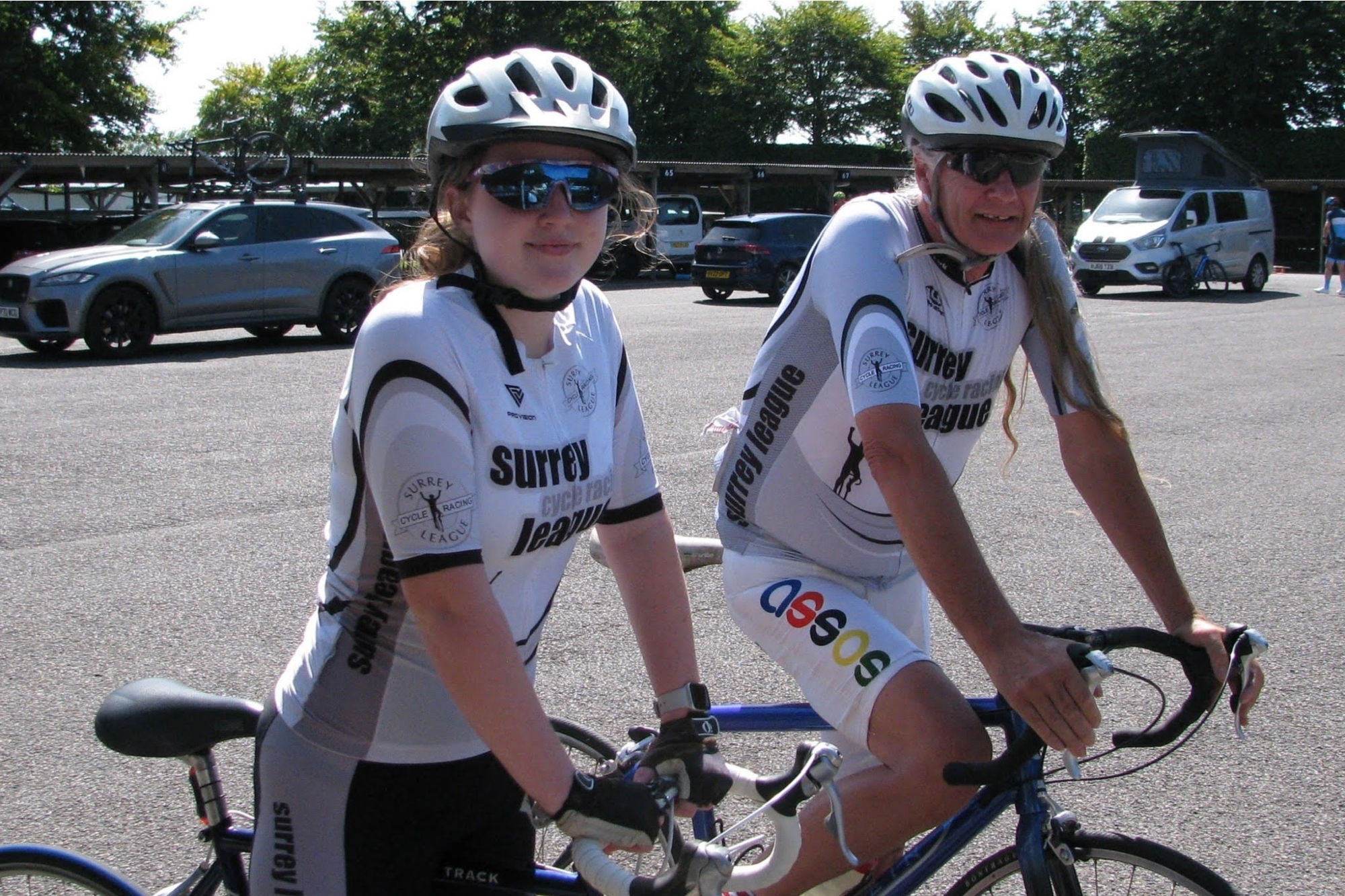
The Keeping up with the younger ones - Glyn Durrent
Event organiser Glyn Durrent bought his first set of rollers when he was 17 and rode on them for 20 years until they wore out. Riding them improved his position on the bike as well as his pedalling action and handling skills. Durrant then bought an early Cycle-Ops fluid turbo trainer, which he still uses.
"It must be getting on to be about nearly 40 years old!" he says, adding that his wife bought him a budget spin bike about 20 years ago from Woolworths, which is also still going strong.
"I tend to use the spin bike more than the turbo trainer these days. Mostly during the winter months when the weather is bad," says Durrent, "I consider myself a fair-weather cyclist." Riding between two and three half-hour sessions a week Durrent rides inside to keep his legs spinning "so I am ready to go out on the bike when the weather is nice," he says.
"I tend to spin to upbeat music and spin rather than push," Durrant confesses. He will occasionally do an online spin class but "I find myself doing my own thing so it can be a bit of a waste," he concludes.
Having ridden a 10-mile 2-up at Goodwood a couple of months ago with a friend's daughter, the self-coached spin and turbo sessions are clearly paying off for Durrent.

The Senior Coach and indoor training expert - Dr Auriel Forrester
Having co-authored the highly regarded 'Spindoctor Turbo training manual', Dr Auriel Forrester is considered one of the leading experts in the field of indoor riding.
While she confesses that her own set-up is far from old school, she explains that a few of her coached athletes don’t have Zwift, don’t have a smart trainer, a few don't even have a powermeter, just a rear wheel speed and cadence sensor and a heart rate belt.
"They ride indoors on a budget trainer, print out the workouts from Training Peaks and ride with a stopwatch," she reveals, adding that "some of my workouts have over 25 steps - keeping tabs on what's next alleviates the boredom." Some of her riders "have in the past purchased music stands to hold the workout printout," she divulges.
The most important aspect of any indoor training routine, according to Dr Forrester, is sticking to the process. "It is the adherence to the program that matters, the technology just adds to the visual enjoyment, especially if you ride group workouts and support each other through the pain."
Asking Dr Forrester for her 'must haves' when it comes to getting the most from indoor training, her list is surprisingly humble. "Once you have the turbo, a rear wheel speed sensor and cadence sensor, and ideally a heart rate belt, will be sufficient to get you going. Ideally, music too."
How to train indoors for less
If you've been inspired to ride inside for less, then check out our page of the best cheap smart trainers for some of the more wallet-friendly options on the market.
If you are totally new to indoor riding, our page on all the essentials to get started on cycling indoors will help you work out the vital pieces of kit you need for your indoor setup.
Hannah is Cycling Weekly’s longest-serving tech writer, having started with the magazine back in 2011. She has covered all things technical for both print and digital over multiple seasons representing CW at spring Classics, and Grand Tours and all races in between.
Hannah was a successful road and track racer herself, competing in UCI races all over Europe as well as in China, Pakistan and New Zealand.
For fun, she's ridden LEJOG unaided, a lap of Majorca in a day, won a 24-hour mountain bike race and tackled famous mountain passes in the French Alps, Pyrenees, Dolomites and Himalayas.
She lives just outside the Peak District National Park near Manchester UK with her partner, daughter and a small but beautifully formed bike collection.
